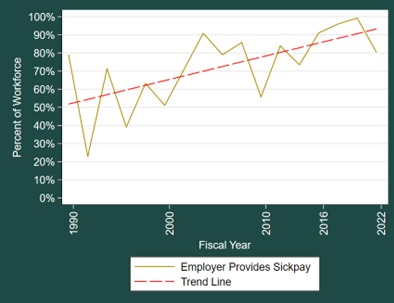The shift away from using poultry litter for crop fertilization has transformed this once-valuable agricultural byproduct into an environmental liability for poultry producers. Addressing this challenge, a study led by Dr. Jun Zhu from the University of Arkansas offers an innovative approach using photocatalytic titanate nanofibers (TNFs) to degrade organic pollutants in anaerobic digestate, a byproduct of poultry litter.
The study specifically focuses on the use of TNFs, synthesized through a hydrothermal method, for the photocatalytic degradation of organic pollutants and color removal in poultry litter digestate. “We utilized Central Composite Design (CCD) and Response Surface Methodology (RSM) to optimize the conditions for removing volatile fatty acids (VFA) and chemical oxygen demand (COD), as well as for decolorization,” explained Yiting Xiao.

The study found that the optimal values for pH, dosage, VFA removal rate, COD removal rate, and decolorization rate were 6.752, 0.767 g·L−1, 72.9%, 59.1%, and 66.8%, respectively. “The results were consistent with the regression models generated by the CCD/RSM, confirming the effectiveness of TNFs in treating anaerobic digestate,” said Yiting Xiao.